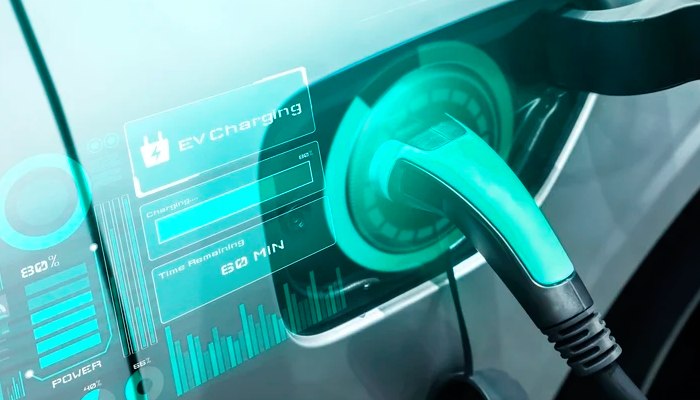Jakarta — The WLTP and NEDC methods have different testing methods to determine the maximum mileage of an electric car.
The mileage of an electric car is certainly something that is very important for potential consumers to know before making a purchase.
Maximum mileage claims are usually the “selling material” for manufacturers.
The higher the number, the more it is believed that an electric car can answer consumers’ needs.
What the public needs to be aware of is the type of method used by manufacturers to obtain mileage figures.
Difference between WLTP and NEDC
The use of the WLTP and NEDC methods is arguably the most common for electric cars launched in Indonesia.
NEDC is an abbreviation for New European Driving Cycle (NEDC).
Don’t be fooled by the word “new” because this method has been around since the 1980s and was last updated in 1997.
Summarized from the JD Power website, Monday (23/1/2024), it was said that NEDC carried out laboratory-based tests under ideal conditions.
The result is that the maximum mileage figure obtained is relatively far, but is considered less realistic.
On the other hand, WLTP, which stands for Worldwide Harmonized Light Vehicle Test Procedure, was introduced in 2017.
The presence of WLTP is intended as a newer and more realistic testing method than NEDC by simulating real road driving situations.
The same source stated that the differences in the WLTP test include longer test duration, longer distances, and a more balanced comparison between driving simulations in urban and non-urban environments.
Not to forget, WLTP also carried out tests at different temperatures and speeds.
Most electric car manufacturers carry out mileage tests using these two methods.
It is natural that the claimed distance from the NEDC method will be further than WLTP.





